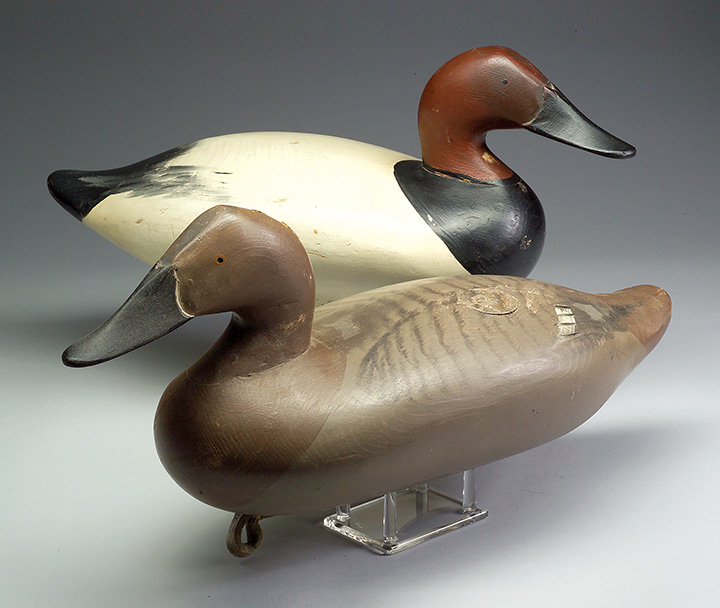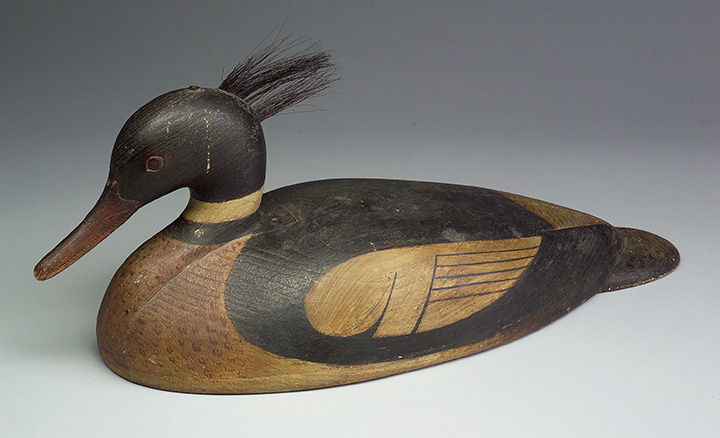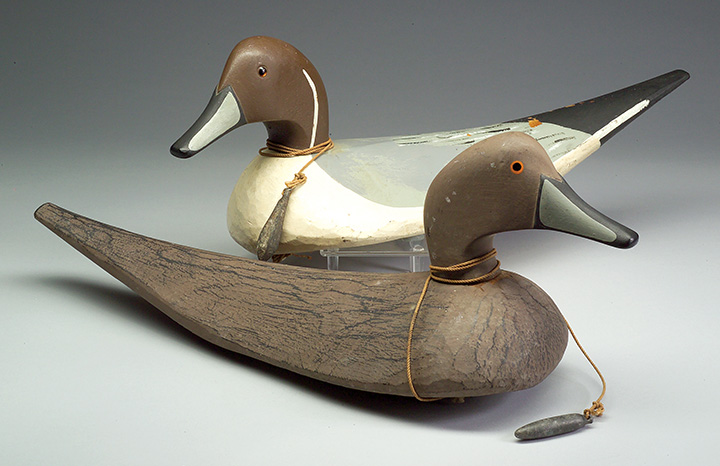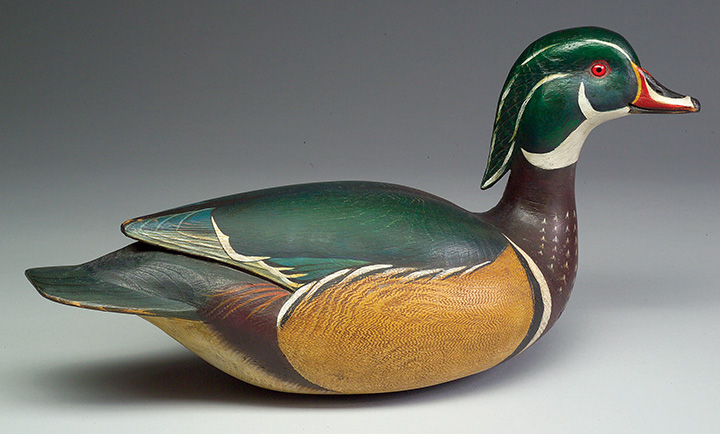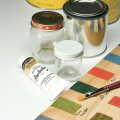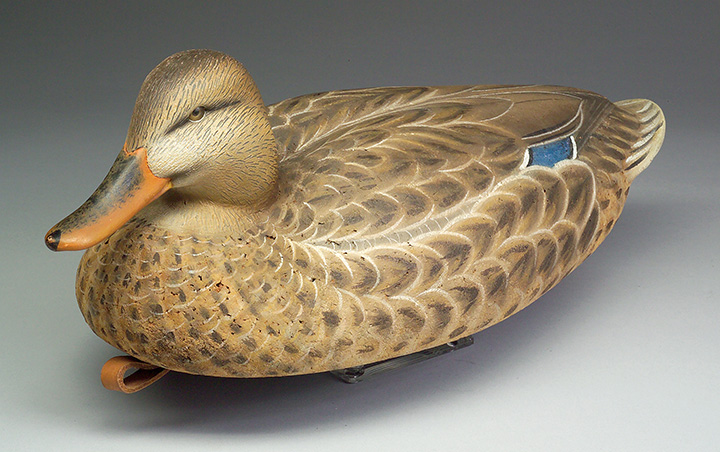
Creating modern decoys with vintage appeal
By Tom Matus
From humble origins with the American Indians more than 2,000 years ago, duck decoys are truly an American art form.
The heyday of the wooden decoys started after the passage of the Migratory Bird Treaty Act of 1918—but the wooden decoys were quickly replaced with “modern” plastic ones. Many decoys were destroyed or discarded, but the ones that survived became collectables when people realized their value after World War II.
As the demand for high-quality antique decoys increased, prices skyrocketed—and it is not uncommon to see antique decoys selling in the six-figure range at auction.
Because of the high-prices these antique decoys are bringing in, more and more artists are crafting contemporary antique decoys. These decoys give collectors the opportunity to own a decoy with the style and characteristics of their forebears without paying the price for an actual antique. But rather than trying to pass these decoys off as antiques, carvers add their own elements to the decoys—exaggerated features, brightened paint, and really add their own personal flair to the classic decoy style.
Carving a Wooden Eye
One way to make a decoy look even older or more authentic is to carve a wooden eye. Today there are some shorebird carvers who carve the eye right in and then paint it to make it look like a realistic eye, and they do pretty well with that approach. After a few practice attempts, I am posi- tive that you, too, will be able to do the same. Here is a quick example of how to add a wooden eye.

Using a brass tube sharpened at one end, score a circle where the eye should be located on the head. The diameter of the tube should match the size of the eye. For this exercise, I am demonstrating on a scrap piece of wood.
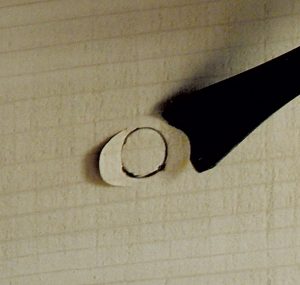
With a wide gouge, remove the front part of the eye, being mindful not to push too far. You can easily take the eye right off if you slip and push too far. Shift to the back of the eye and push out the back.
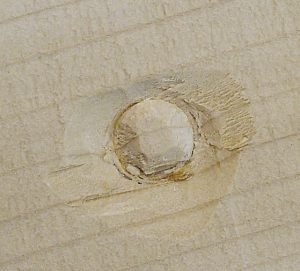
Shift the gouge around the eye, using the edge of the gouge to remove the wood all around the circle. The cleaner you make the cuts, the less sanding you will have to do. Then use the tip of a sharp-pointed knife to round off the circle.
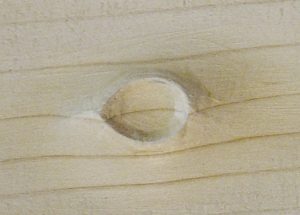
Finger sand with 120-grit then 180-grit sandpaper. Use a ballpoint pen to burnish an edge around the eye. This will create a smooth ring around the eye.
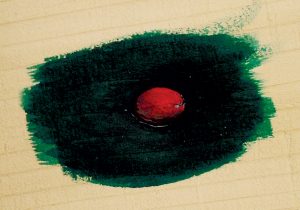
Paint green around the eye. Paint the eye red. This is the first coat. For the second coat, add the black pupil.
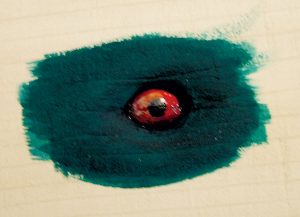
Add the third coat. This coat consists of a small white dot to the top back of the pupil as a highlight. Add a gloss coat as the final coat, and you have a wooden eye.
Antique Decoy Gallery
Scroll through this gallery to find inspiration to make your own antique-style decoy.
